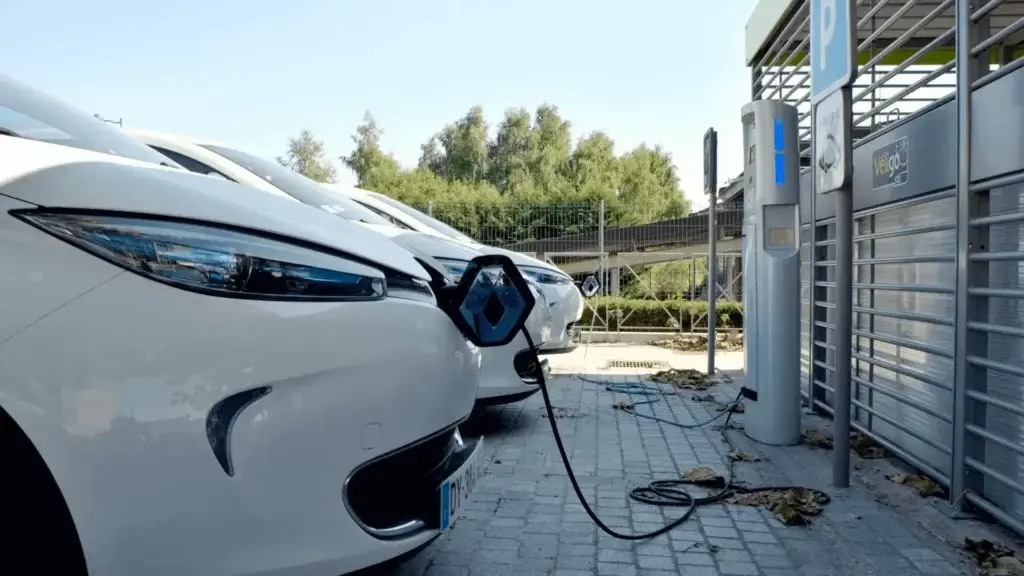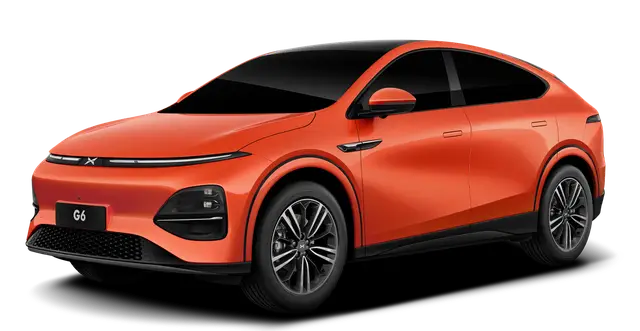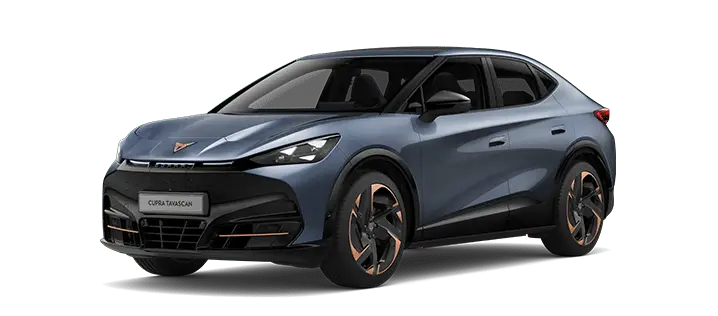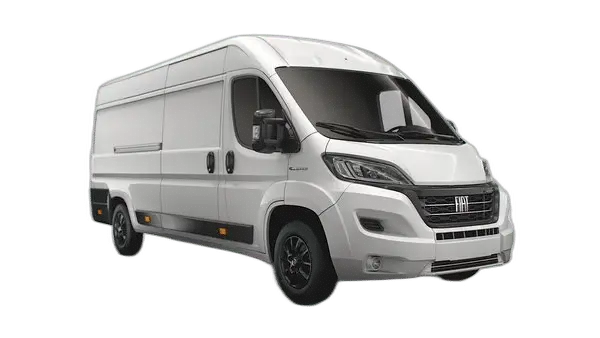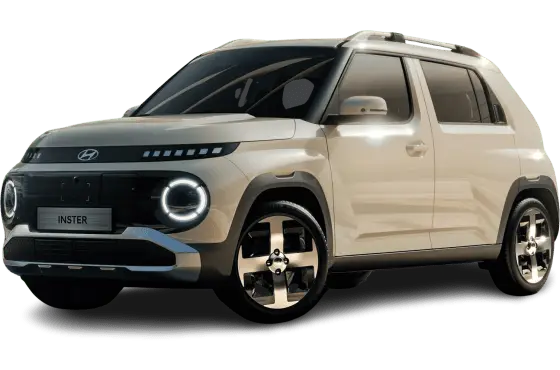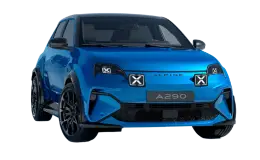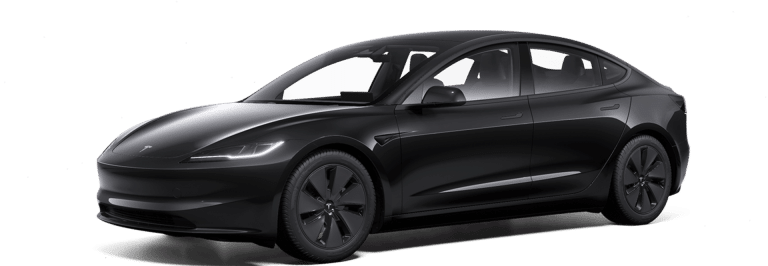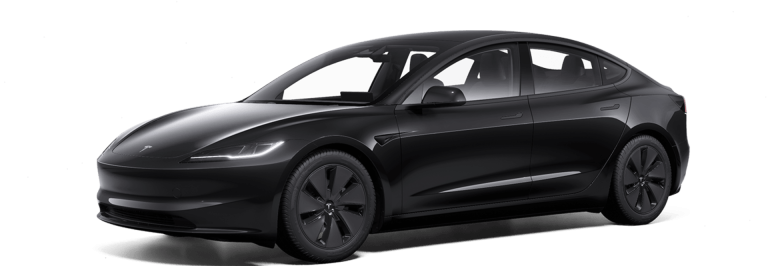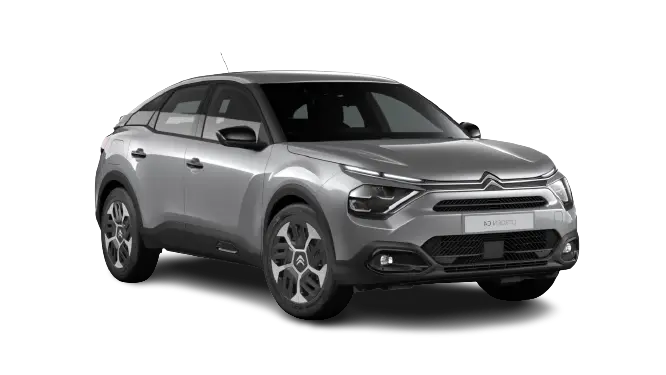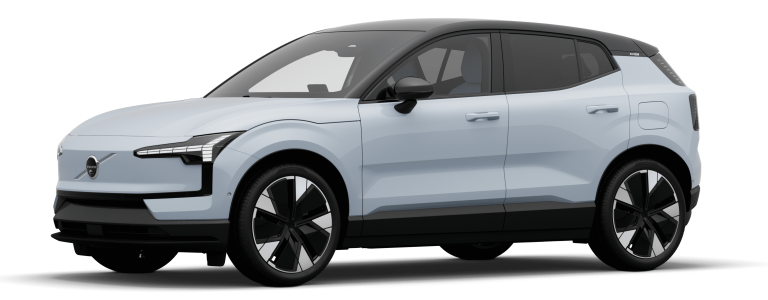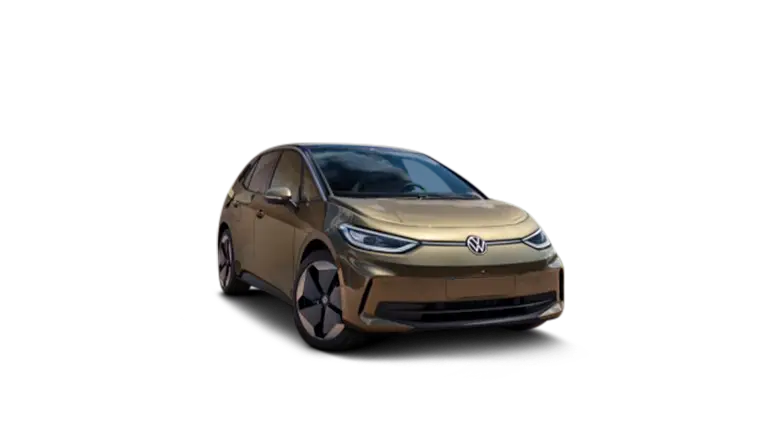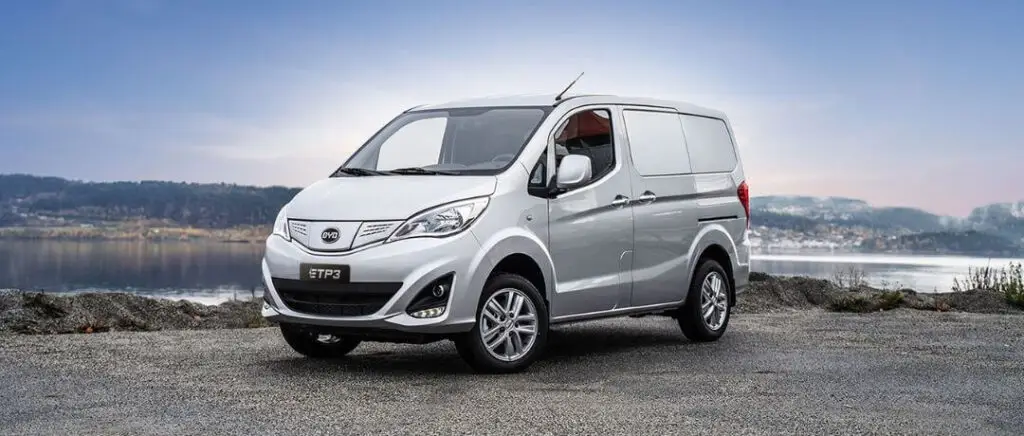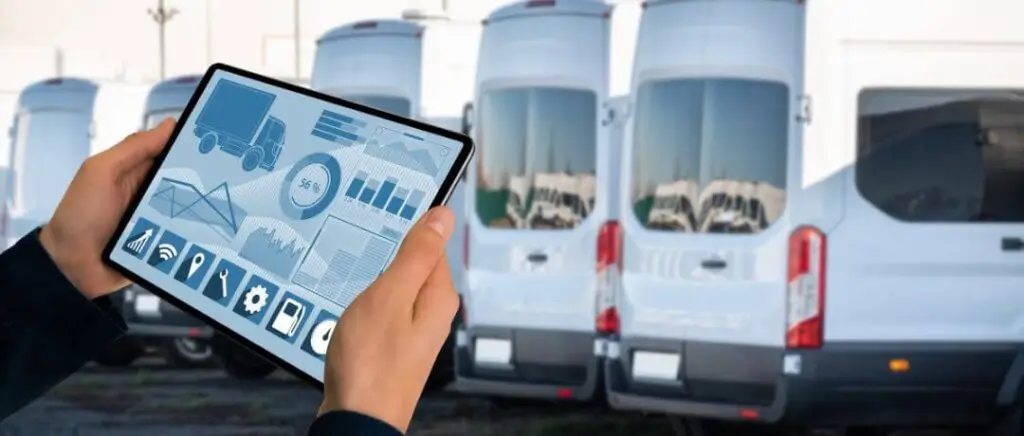What is a vehicle fleet?
A car fleet is a set of vehicles that a company's employer makes available to its employees, for the smooth running of the business. These vehicles include company cars and executive vehicles, as well asvans and two-wheelers.
Whether these vehicles are purchased or leased on a short or long-term basis, a vehicle fleet needs good fleet management.
What does the LOM law say?
Before going into a little more detail about the transition procedure, let's take a look at what the Mobility Orientation Law (LOM) in relation to electric vehicle fleets.
Companies that already have a fleet of vehiclesare wondering how they are going to go about electrifying their vehicles, given that the LOM law recently came into force. This may be the case for you right now.
Who is affected by the LOM law?
From January 1, 2022, this LOM law will encourage professionals with more than 100 vehicles of 3.5 tons or less to electrify 10% of their fleet vehicles, emitting less than 50g of CO2. This transition will take place progressively, every 3 years:
- From January 2022: 10% of vehicles
- From January 2024: 20% of vehicles
- From January 2027: 35% of vehicles
- By January 2030: 50% of vehicles
In terms of vehicle type, this law applies to certain commercial vehicles, as well as light vehicles.
On the other hand, if you have ultra-light vehicles in your fleet, with a GVW (Gross Vehicle Weight Rating) above 2.6 tons, the LOM law has been applicable since January 1ᵉʳ, 2023.
Step 1: Conduct a fleet audit
Auditing a vehicle fleet is fundamental. It's a crucial step, because all subsequent actions and decisions depend on it.
Why audit your fleet?
Before you have the chance to make this electric transition, it's essential to carry out an audit of your infrastructure. This will enable you to take stock of the current situation of your fleet of vehicles, and give you an overall picture so you can make the right decisions:
- Your needs
- The feasibility of this project
- Costs and potential savings
- Adapt the installation and type of terminal to your fleet's infrastructure
Through this analysis, you'll be able to identify areas for improvement to optimize your vehicle fleet. What's more, you'll find out what grants and subsidies you could be eligible for, and make huge savings in the process.
How do you audit your electric vehicle fleet?
First of all, you need to analyze the current situation to determine your future needs. To do this, collect all the data concerning your electric vehicle fleet:
- Fleet management is your fleet management policy
- Vehicle fuel consumption
- Daily distances travelled
- CO2 emissions
- The traffic zone
- Vehicle downtime
- Costs
- The fuel
- Insurance
The data collected is then analyzed to draw up an inventory of your vehicle fleet.
Once you have done this, depending on your needs, you will :
- Draw up an action plan, to know what actions will be taken during and after the electricity transition
- Set economic and environmental objectives
To carry out this audit, you can benefit from Beev's expertise.
Step 2: Learn about the advantages of electric vehicles
At present, we are seeing more and more benefits from acquiring electric vehicles: comfort, financial advantages, etc. Apart from the overall benefits of an electric vehicle, what are the specific advantages for a company of electrifying its fleet of vehicles ?
It's true that making the transition from internal combustion to electric vehicles requires a great deal of preparation, so as to be able to finance all the actions involved in the project. Apart from this investment, opting for a fleet of electric vehicles presents a number of advantages for a company, in terms of :
- Vehicle recharging: recharging an electric car costs around 4 times less than fuel for a diesel or petrol vehicle.
- Low-cost electric vehicle maintenance: since electric vehicles have few gearbox, clutch or air filter problems, maintenance costs are very low.
- Comfort: while driving, there's little or no noise, so the driver feels at ease and less stressed. This comfort is even more evident on utility vehicles. Driving is all the more pleasant.
- Aids and subsidies available to companies
- Commitment to CSR (Corporate Social Responsibility): opting for the electrification of its vehicle fleet is also part of a company's commitment to CSR.
- Tax benefits Tax incentives: the French government has introduced a number of incentives to help companies finance the installation of electric vehicles and recharging points at lower cost.
Step 3: Electric vehicle fleet: benefit from government grants and subsidies
To encourage companies to switch to electric vehicle fleets, the French government is giving them a number of incentives. Companies will be able to make this electric fleet transformation in complete safety.
Companies can therefore benefit from :
- Exemption from the tax on the use of passenger vehicles for business purposes: this tax applies to companies that lease or use passenger vehicles. These vehicles depend on their CO2 emissions in g/km.
- ADVENIR assistance The aim of this program is to finance the installation of charging stations. Depending on the project, a number of beneficiaries can obtain a bonus for :
- Fleets of heavy-duty vehicles: a 50% aid rate and an amount (excl. VAT) per recharging point set at between €2,200 and €960,000 (depending on the recharging power chosen),
- Short-term vehicle rental companies: a 20% aid rate and a maximum amount per recharging point of €600 (excl. VAT),
- Automotive service professionals: a 25% aid rate and a ceiling of €750 (excl. VAT) per recharging point.
- From environmental bonus Ecological bonus: everyone can benefit from the ecological bonus, professionals and private individuals alike. The amount of the bonus varies according to your profile. To qualify for the ecological bonus, the vehicle purchased must cost less than €47,000 and a weight under 2.4 tonnes (except for vehicles in categories N2 and M2, which benefit from an exemption of up to 3.5 tonnes). Here's the scale:
- For new electric cars: a bonus of 27% of the purchase cost including tax (increased if the vehicle'sbattery is leased) and an amount capped at €3,000 for professionals,
- For new electric vans: a bonus of 40% of the purchase price including tax (increased if the vehicle's battery is leased) and an amount capped at €4,000 for professionals,
- For used electric cars, hydrogen-powered cars (or both ): the bonus is set at €1,000 for private and business customers.
- The conversion bonus: since April 2020, the State has been offering this bonus, in exchange for scrapping fossil vehicles. Bonus amounts vary according to reference tax income per unit.
For more information: prime à la conversion - the new rules from 2023, - Tax deduction on depreciation: your company can benefit from a 40% tax deduction on the value of the electric vehicle you purchase.
IMPORTANT: for the ADVENIR program, incentives for recharging points open to the general public in private parking lots, and for intermediate target groups (hotels, restaurants and shops), ended in July 2023. Don't hesitate to contact us to apply for a bonus before the deadline.
Stage 4: Support towards a fleet of electric vehicles
In addition to support for the installation of charging stationsyou can be supported throughout the entire process.
To help every company install charging stations efficiently, Beev experts can help you adapt these accessories to your needs and your fleet's infrastructure.
On-site recharging stations: what are the obligations?
To encourage companies to transform their fleets into less polluting vehicles, since March 2021, the State has introduced several measures in relation to charging stations in companies. This is the Energy Transition Law:
- Pre-equipping parking spaces: this involves installing charging points in the company parking lot.
- Charging station equipment: if your business is in a new building, Decree no. 2016-968 of July 13, 2016 andArticle R.136-1 of the Construction and Housing Code, require you to install charging stations.
If your fleet has a capacity of less than 40 spaces, 10% of parking spaces must be equipped with charging points for electric vehicles. On the other hand, if you have more than 40 spaces, 20% must be equipped with a charging point.
In addition to being an obligation, the installation of recharging stations in companies offers a number of advantages:
- No need to go outside the company to find a charging point. Electric vehicle recharging is now at your fingertips.
- Helping your partners adapt their green solutions
Get a car policy with Beev!
Need a car policy for your company? Beev offers you a free personalized car policy for your company.
Step 5: Calculate the cost of electrifying your fleet and estimate TCO
When you define the budget for this electric transition, the expenses you'll be making aren't limited to the purchase of electric vehicles. That's only part of the budget, so you'll need to take other factors into account, to get a clear idea of your financing capabilities for this project: so you'll do what's known as the TCO (Total Cost of Ownership)(Total Cost of Ownership).
To help you understand how to calculate it, here's how the TCO sum is broken down in general terms:
- Electric vehicles: purchase or lease, fuel, maintenance, insurance, driver behavior
- Charging stations
- The refill
It's true that this project requires a fairly substantial investment, but there's no doubt that over the long term, your fleet of electric vehicles will cost less.
Electric vehicle fleet: successfully electrify your fleet with Beev
In fact, as we saw earlier, the LOM law requires companies to renew their fleets every 3 years, so that by the end of this transition, your fleet will be 100% electrified.
Make sure you take a long-term view of the project. In the course of renewals, there are bound to be areas for improvement in terms of fleet management, infrastructure and finance.
It's also important to mention that your employees are also involved in the electrification of your fleet. This not only increases their satisfaction with the new vehicles and charging stations, but also because they will be using them on a regular basis. So it makes sense to take their needs and expectations into account.
It's not an easy project, with all the steps to follow, actions to take, costs to manage and so on. But with Beev's expertise, it's always possible to successfully electrify your fleet. If you wish, you can ask our experts for help right now.
Fleet management
When it comes to the transition to an electric vehicle fleet, fleet management is totally different, with the development of a new infrastructure configuration or the installation of charging stations. This project calls for efficient, operational fleet management.
Depending on the company, fleet management can be carried out either in-house or by an external party.
The fleet manager, the person in charge of the automated vehicle fleet, will ensure that fleet management runs smoothly. He or she plays a number of different roles:
- Intermediary between the company and players in the automotive industry: leasing companies, insurers, etc.
- Decision-making: the fleet manager will also have to make decisions about the number of vehicles to have, based on the needs of the company and its employees.
- Advice: the fleet manager can also advise the company, for example, on the type of car to have, or the choice ofinsurance.
- Reseller: fleet managers may also be called upon to resell vehicles that are not on the road.
- Informative: the fleet manager will also have an informative role to play in raising awareness, training and educating all employees about eco-responsible driving.
In fact, having a fleet manager as part of a project offers several advantages, such as :
- Save time: delegate the management of your fleet, so you can concentrate on other projects.
- All employees will be able to obtain reliable, concrete information from the fleet manager.
Conclusion
Converting your fleet to electric vehicles will not only benefit your company through numerous subsidies, but will also reduce CO2 emissions in the long term.
With all the steps and advice we've just mentioned, you'll be able to carry out this project in the best possible conditions. If you'd like to find out more about this electrical transition, don't hesitate to get in touch with our Beev experts.
